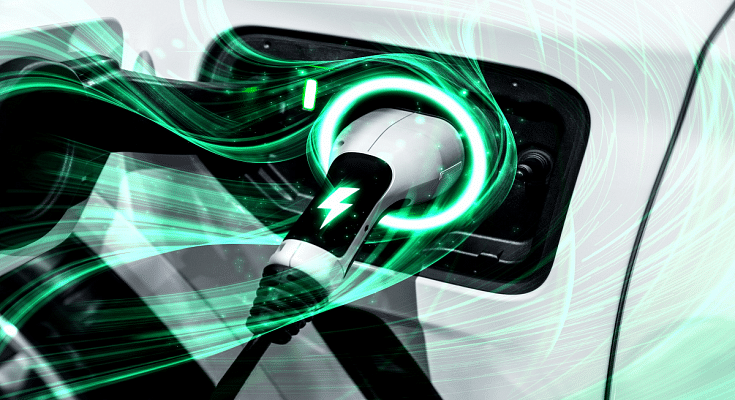Key Highlights
- You need to choose the right charging equipment for your EV
- Hire a certified electrician to ensure proper Level 2 charger installation
- Use a smartphone app to monitor the charging process
With the growing popularity of electric vehicles, many individuals are making the switch to cleaner and more sustainable transportation. One of the conveniences of owning an electric car is the ability to charge it at home. Charging at home not only saves time and money but also contributes to reducing your carbon footprint. In this step-by-step guide, we’ll walk you through the process of charging your electric car at home. Also Read | 2024 EV Update:Top Upcoming Electric Scooters In India
How To Charge Your EV At Home

Step 1: Before you can charge your electric car at home, you’ll need to invest in the right charging equipment. There are generally two types of home charging stations: Level 1 and Level 2.
- Level 1 Charger (120V): This charger plugs into a standard household outlet and is suitable for overnight charging. While it’s the slowest option, it is convenient for those who have more time between trips.
- Level 2 Charger (240V): This charger provides a faster charging speed compared to Level 1 and is the most common choice for home charging. It requires professional installation and may need additional electrical work, but it significantly reduces charging time.
Step 2: For Level 1 charging, simply plug the charger into a standard household outlet. However, for Level 2 charging, it’s recommended to hire a certified electrician for proper installation. The electrician will assess your electrical system, install a dedicated circuit, and mount the charging station in a convenient location.
Step 3: Different electric car models come with various charging ports and connectors. Make sure you have the correct charging cable for your vehicle. Most EVs come with a standard Level 1 charger, and for Level 2, you may need to purchase a separate charging cable or use the one provided by the car manufacturer.
Also Read | Spark Or Strain? The Pros And Cons Of Choosing An Electric Vehicle

Step 4: Once the charging station is installed and the appropriate cable is selected, it’s time to connect your electric car. Open the charging port on your vehicle and plug in the charging cable securely. Ensure that the connector is properly aligned and fully inserted to establish a good connection.
Step 5: Modern electric cars often have a dashboard display or a smartphone app that allows you to monitor the charging process. Keep an eye on the charging status, remaining time, and battery level. This information will help you plan your charging routine effectively.
Step 6: Once your electric car is fully charged, safely unplug the charging cable from both the vehicle and the charging station. Store the cable in a secure and dry location to prevent damage.
Verdict

Charging your electric car at home is a straightforward process that becomes second nature with time. By following this step-by-step guide, you can enjoy the convenience of home charging while contributing to a cleaner and more sustainable future. As electric vehicle technology continues to advance, the experience of charging at home will only become more efficient and user-friendly.
Also Read | Are You EV-Ready? Top Apps Every Electric Car Owner Should Have
